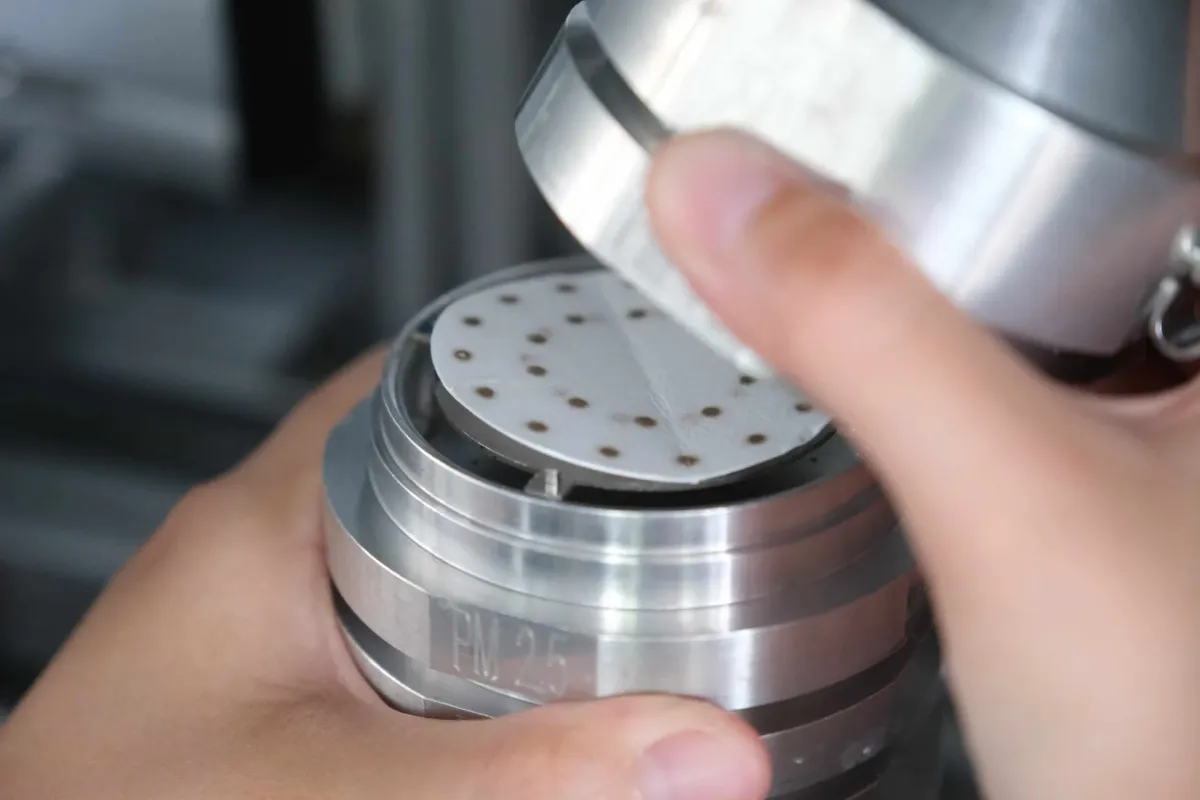
The issue of fine particulate matter, PM2.5, is causing significant air pollution in Thailand, especially during the dry season, when the particulate levels often exceed the acceptable standard. This problem is prevalent in both the metropolitan and suburban areas of Bangkok, as well as in many provinces in the northern part of the country, affecting residents' lifestyle and health.
Addressing and resolving the particulate matter issue requires cooperation from all sectors. This has led to a research project titled "Analysis of Distribution and Chemical Composition of Particulate Matter of 2.5 Microns or Less (PM2.5) in Bangkok". The project is supported by the National Research Council of Thailand, and collaboratively conducted with the Department of Environmental Engineering, Faculty of Engineering, Chulalongkorn University, and the Pollution Control Department (PCD) under the Ministry of Natural Resources and Environment (MNRE). The aim is to facilitate the future implementation of spatial management measures, pollution management, and preventative measures to reduce pollution at its source.
The "NanoSampler" (Furuuchi et al., Aerosol and Air Quality Research, 10: 185–192, 2010), a dust sampling device, has been employed to collect fine airborne particles in Bangkok. It is currently being used at three air monitoring stations run by the Pollution Control Department, namely Aree Public Relations Department station, Din Daeng Community Housing station, and Bang Na Meteorological Department station.
The device can collect and segregate fine particles into six size categories: PM0.1, PM0.1-0.5, PM0.5-1, PM1-2.5, PM2.5-10, and PM>10, all within a single unit. This is different from the dust sampling devices currently used by various agencies, which collect dust samples and report dust concentration values as PM2.5 and PM10 depending on the type of device. Most of these devices can only collect one size category.
The "NanoSampler", a dust sampling device, has been designed to draw ambient air into the sampler at a rate of 40 liters per minute. The device, situated at the uppermost part, collects samples for 24 hours, especially during periods of severe dust problems, mainly between January and March and at the end of the year. These periods correspond to the winter season when a cold air mass from China leads to high atmospheric pressure, causing air to stagnate and not circulate, leading to dust accumulation.
The Nanotech Research Team conducted sample collection from January to December 2023, a total of 40 times per station. The samples were then analyzed for dust composition and sources of dust generation based on chemically classified dust data, various data sources, and statistical techniques.
The analysis results regarding the sources of particulate matter with a diameter of less than 2.5 micrometers (PM2.5) and the participation of dust in each range, namely PM0.1, PM0.5-2.5, and PM2.5-10 in Bangkok, revealed that the primary source of PM2.5 originated from vehicle exhaust, accounting for up to 48%. Following this were geological dust, open burning, and dust from industrial factories and roads.
Upon segregating dust sources by size ranges, it was found that the primary source of fine particles (PM0.1) came from vehicle exhaust up to 65%. For small particles (PM0.5-2.5), the main source came from vehicle exhaust by 41%. The primary source for coarse particles (PM2.5-10) came from construction dust, up to 50%. Small particles mostly resulted from human activities.
The results from this analysis will provide in-depth information leading to policy recommendations that the government can use. Additionally, they will also serve as academic information in the field of health related to small particles, which public health agencies can use to their advantage.
Source: National Science and Technology Development Agency (NSTDA)
Tel. +66 2564 7000
For more information